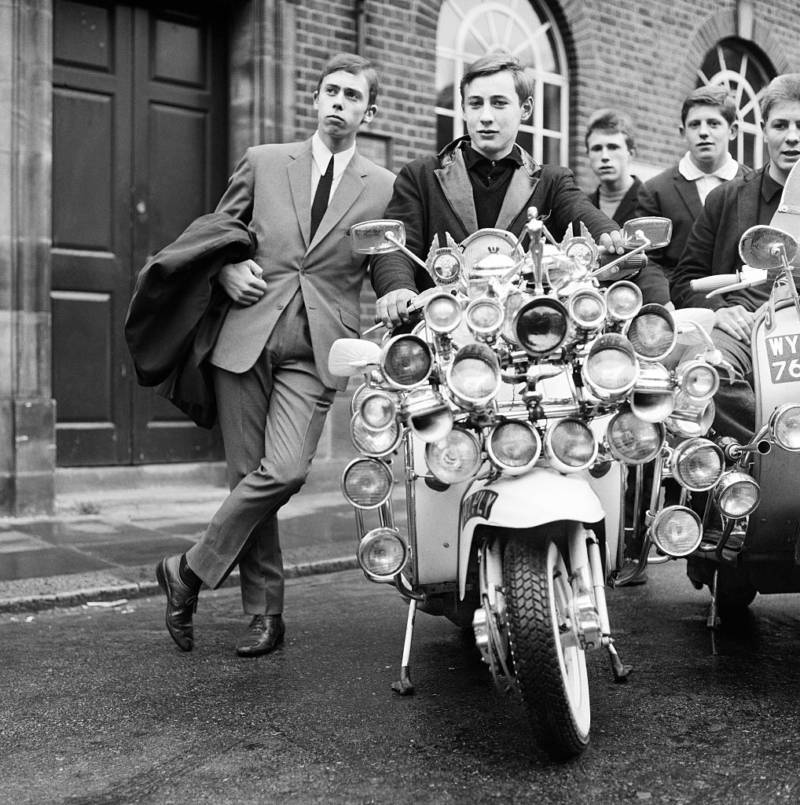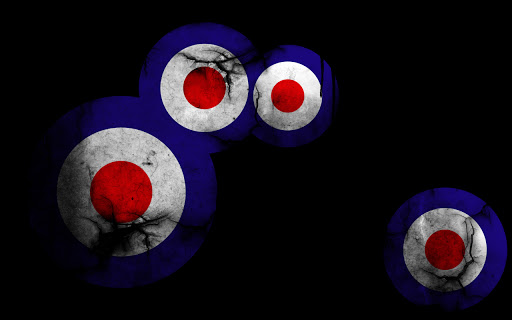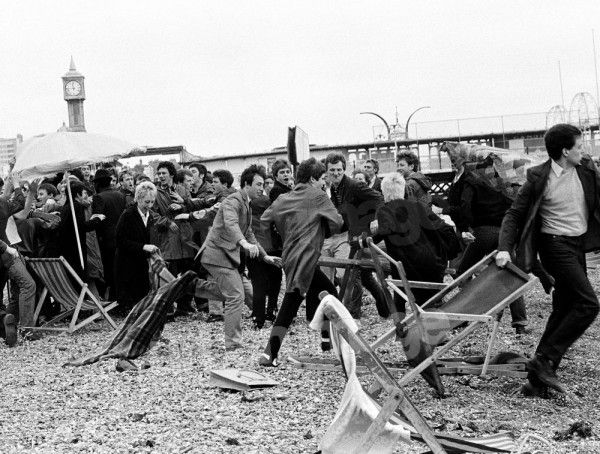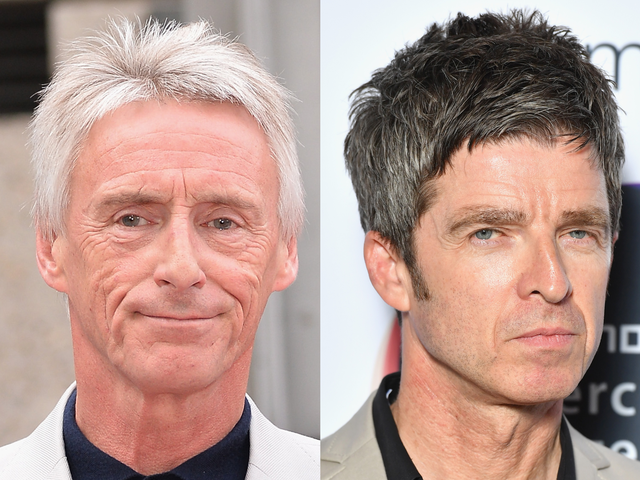The Mod culture has seen something of a renaisance over the past few years. Fashion labels such as Fred Perry have cultivated their ranges to show more of a mod influence. Bands are leaning towards what some say is a mod sound and the whole revival scene is picking up as we ease out of covid.
Mod Origin
Bursting out of London in the late 1950’s, the Mod subculture took hold of young men, crafted them into something new and created a scene that laid its foundations in influencing people from the start.
When we currently think of mod and think Paul Weller, or britpop, it actually started off down a slightly different path. Smart young men were getting into jazz music and found theselves titled modernists. The influence this music had, led them down the road of new sounds. Ska, Rhythm and blues and eventually freakbeat. Heavily invested in French and Italian films, to gain style ideas, the original mod was thought by some to be a working class lad wanting to make themselves look good. Others defined a mod as somebody that embraced the beatnik culture of modernism and Sartre, claiming that the term mod became comercialised and created something totally different to it’s core base.
Rocking tailor made suits and riding Lambretta and Vespa scooters the style and music was beginning to appeal to many. As we approached the mid 60’s the musical interest continued to expand.

Mod Generation
A more rock sound was starting to be enjoyed by members of the mod subculture, and bands such as The Who became an influence and were influenced by the scene.
Speeding through the Nation like a souped up Vespa, the number of people calling themselves a mod was rapidly increasing. This led to the now famous riots between the mods and rockers. Well publicised and often courting controversy they were short lived compared to the way we are often told about them.
By 1965, the riots had largely stopped,although not completely. WIth these clashes now slowing and eventually dissapearing, ‘Mod’ made its assault on something else instead. Pop art and psychedelia.
London Calling and a Hollywood Hello
By the late 60’s London was the hub of all things music, fashion, film and sport. This led to more bands leaning towards mod fashion and musical influences. Carnaby Street was THE place to be and it’s influence was huge.
As things changed a little in The UK, America was finding itself in the grip of the culture. It didnt embrace the same look or style as the initial British mods. It started to make it’s own way.
Things change and in America those that associated with being mod found themselves heavily influenced by psychedelic rock and the hippie scene.
End of The Mod
The world frequented by hippies was becomming more popular. The idea of the Summer of love. A more experimental music and a more outrageous fashion style seemed to gain appeal fast. This newer look was now appealing both stateside and in The UK..
By 1968, the mo had in large parts ended as people found newer styles that suited their interests. This isn’t to say there were no mods but the type of mod was different.
Soft mods and peacock mods dominated the swinging London scene. Dressing with a vibrancy vastly different to what was deemed an original mod. The originals still existed and were still loyal to their style but were becoming largely influenced by black culture. Having adopted the skinhead look the thought of them being racist is somewhat wrong. Sure there were some form a few areas that held such views. Black culture was largely respected and admired on the whole.
Revival
After the fusion, split and change of many subcultures a mod revival peaked in the late 70’s. The film Quadrophenia influenced because of its reflection of the culture. Bands such as The Jam formed out of the new wave. This stretched out to the USA again and in the 80’s it looked like the scene could fully return.
With a few changes here and there the mod influence was still being seen throughout music, fashion and film. By the 90’s it had returned with its original styles again. Bands such as Ocean Colour Scene and Oasis fully embraced it and revitalised the scene to a whole new audience.
In 2021 the mod scene is still popular because of bands like The Rifles. Clothing brands such as Trojan inspire due to their connection to music. Books and documentaries continue to be produced too.
As they say, “It’ll never be over for us!”
KTF!



